There may be no better way to travel than a road trip. I’ve taken (too) many flights over the years, and each time I opt for a road trip instead of flying, I’m delighted with the experience. Road trips can be cheap, they give you ultimate flexibility, and you can really get to know somewhere on the ground level.
I’ve road-tripped in Chile, Thailand, South Africa, Namibia, Botswana, Tanzania, Rwanda, New Zealand, Mexico, Tahiti, Iceland, Germany, Greece (really glad I wasn’t driving there!), and Ireland — and probably more places I’m forgetting — but my hands-down favorite is the American West. The diversity there is astounding (though I end up feeling that way after every road trip, everywhere).
So how do you plan all of this? You’ve come to the right place, friend. Here’s how to plan a road trip in eight easy steps!
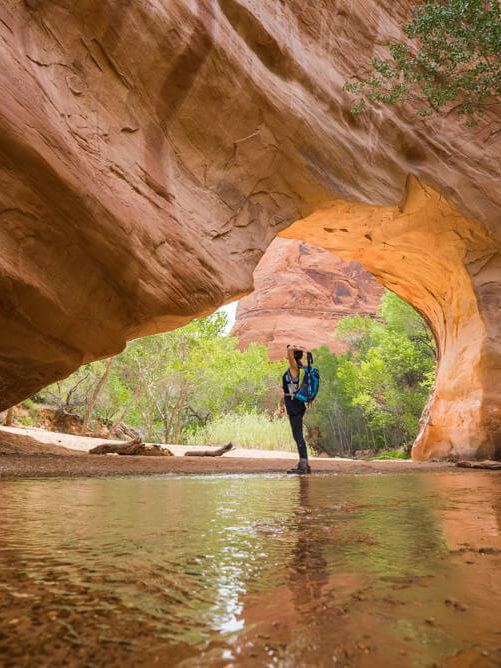
1. Pick a Time Frame
The first thing to do is to pick a time frame. My road trips usually have to fit into certain time constraints first. If that’s not the case for you, awesome: that will be a siiick trip. But in most cases, there’s a finite end.
Picking a time frame will also help you decide where to go and choose a reasonable route length. After all, you will want to do some activities along the way and not spend the entire time driving.
It’s also good to look up the distance and driving time between places. This will give you an idea of how much time you have to explore.
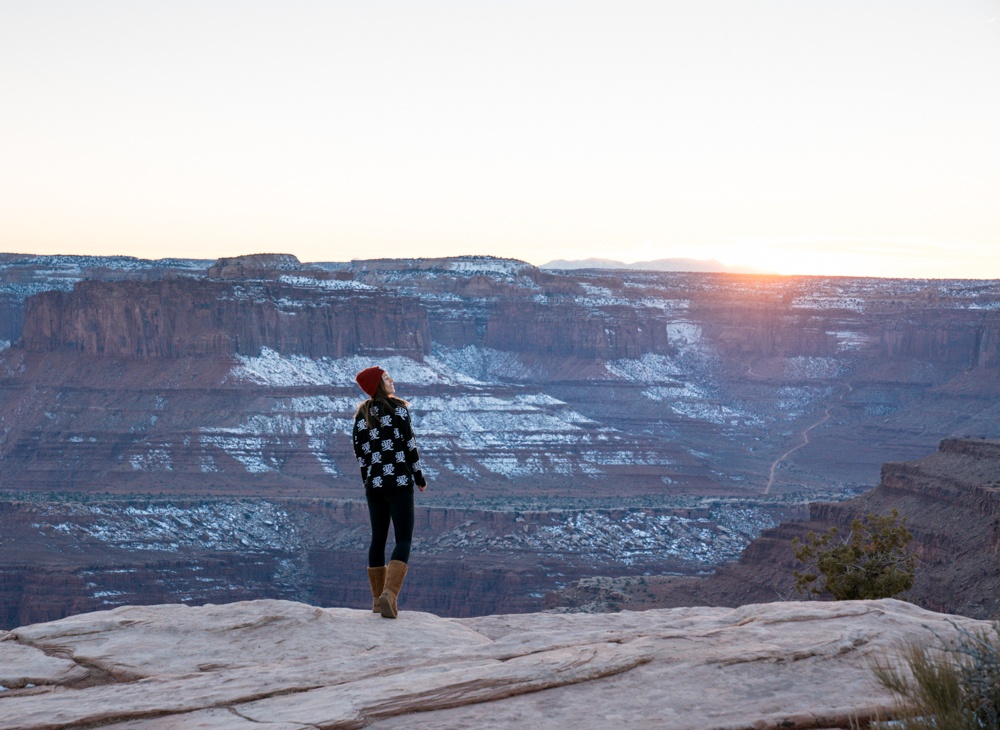
2. Set a Budget
Road trips can certainly add up financially, but they don’t always have to. My Iceland Ring Road trip wasn’t cheap, for example, but Iceland isn’t cheap, and I knew that going in. On the other hand, there are plenty of affordable destinations to as well.
The cost will also depend on whether you’re planning a domestic road trip or one abroad. Domestic versions tend to be cheaper, as you will use your own car and won’t have to board a plane. These also have a smaller ecological footprint and will allow you to get to know your own backyard.
My favorite local road trips were to the California deserts and the American Southwest. I did both solo, and both gave me a chance to get to know my home area better. I feel more connected to it now and love it even more.
This being said, such trips abroad may be more expensive, but they’re a lot of fun too, and allow you to discover other cultures at the same time. The road trip on the Costa Rica Pacific Coast, for example, is a great way to get to know the country better.
Keep in mind that some places have toll roads. For example, Switzerland, Austria, and the Faroe Islands are notorious for having the world’s most expensive toll roads. This is something that will add to the cost of your trip.
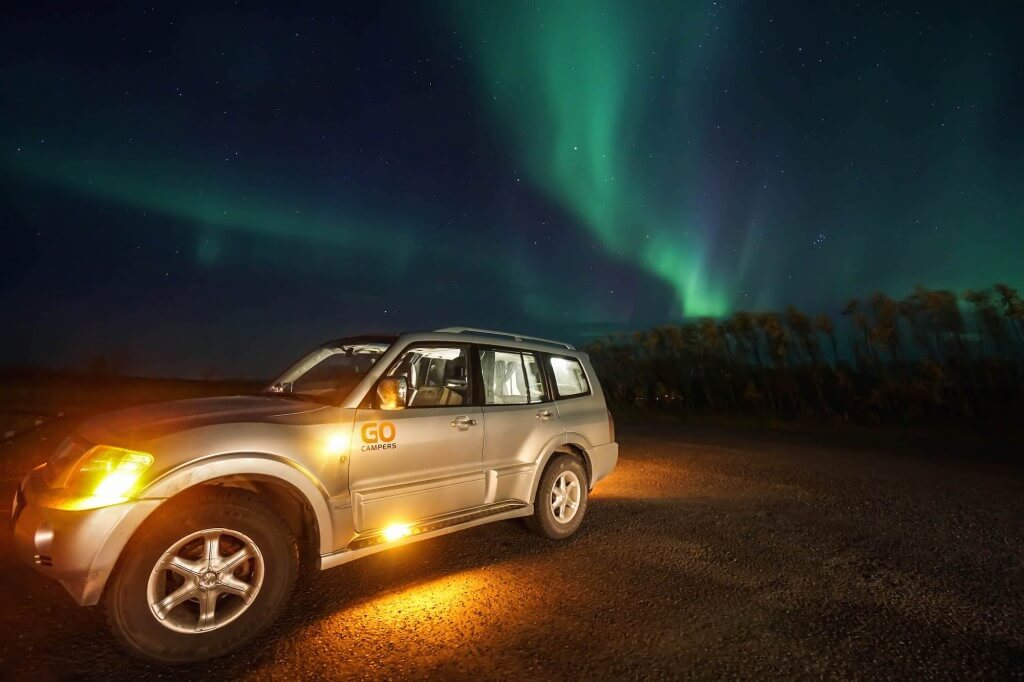
3. Decide Where to Go
Once you’re clear on time and budget constraints, it’s time to pick a region. Is it far or near? Will there be snow and ice? Do you know what the road conditions are like or how much comfort there is? What about the food, culture, and language? On top of all that, it’s good to research if there are any conflicts or diseases too.
After driving in so many countries abroad, I can report that, for the most part, you tend to drive carefully and learn the rules of the road — and it’s fine. It’s not so different to drive in Germany or Iceland, and while South Africa and Northern Thailand required more learning, driving there ended up being enjoyable.
Big cities in most of Africa and Asia, and honestly in most of the world, can be full-on chaos. I tend to avoid those. You can always park your car outside of the city and use public transportation.
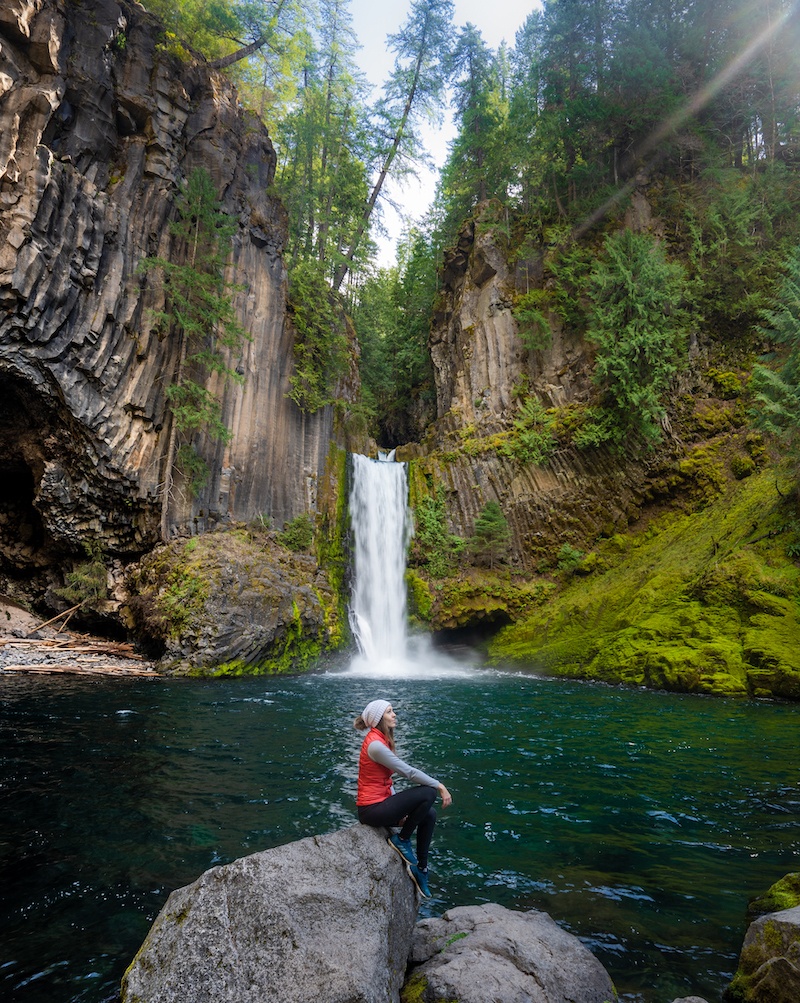
4. Pick a Journey
Is there a classic road trip at your destination, like the Pacific Coast Highway or the Road to Hana? Maybe you’re after Idaho’s hot springs and want to camp along the way. So you might already have a mostly fixed itinerary in mind — and that’s great.
If you can be talked into doing this, though, I love heading out with no set itinerary. I know my budget and time constraints, but I let the journey unfold. I’ve done that twice in Utah, and I discovered so many places that were off the beaten path.
States with lots of public land, like Utah, Nevada, and many others in the American West, are my favorite. You can camp anywhere, provided you leave no trace, are not visible from the road, and can actually get to it. If you have a 4×4, all the better.
If you would like to go camping abroad, it’s good to look up local laws, as these vary by country.
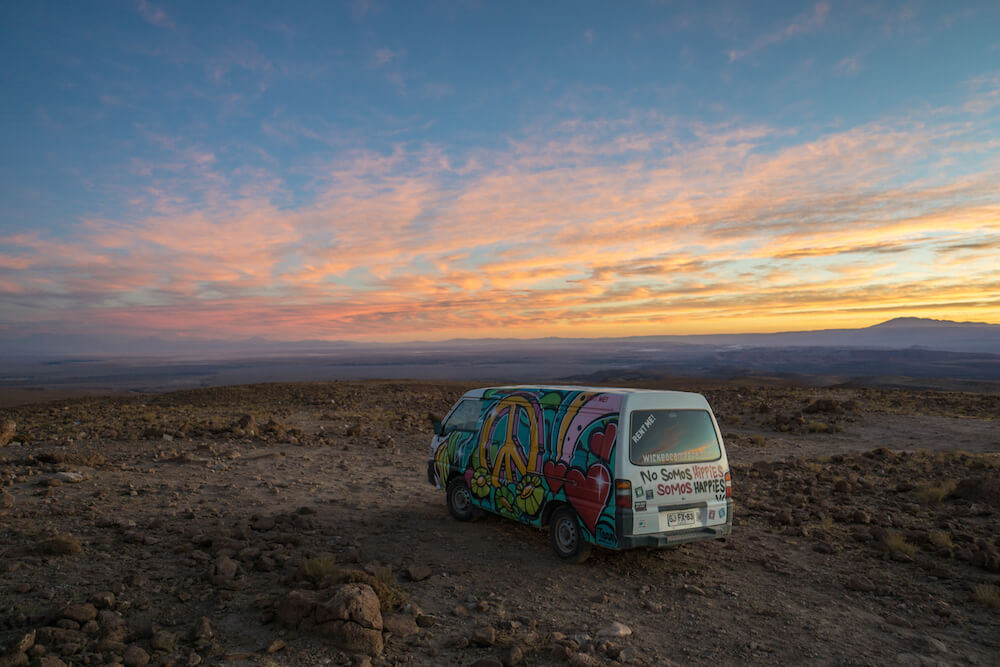
5. Research Things to Do
When planning a road trip, it’s also good to research what you would like to do. Will you go hiking, or are you planning on camping, museum-hopping, or doing adventure sports, for example? Knowing this will also help you decide what to pack (#8 on this list).
I usually make a list of all the destinations I would like to see and pin them on my map. This will save you some time while you’re road tripping and you can always decide whether you visit them or not when you’re on the road.
The nice thing about road trips is that, apart from visiting cities or national parks, you can easily get off the beaten path and find some hidden gems too.

6. Prepare Your Car or Book a Rental Car
Once you know when you’re leaving and where you’re going, it’s time to prepare your car. You will be driving a lot, so, if you plan using your own vehicle, you will want to inspect it before leaving. Check the tires and tire pressure, lights, horn, battery, oil and other fluids, air filters etc. (It’s also good to have a spare tire.) If you’re not sure how to do this yourself, you can always ask a mechanic.
If you’re going abroad, you will have to book a rental car in the country that you’re visiting. Knowing how to drive a manual-transmission car (which I don’t) helps a lot. Some countries just don’t have automatic as an option.
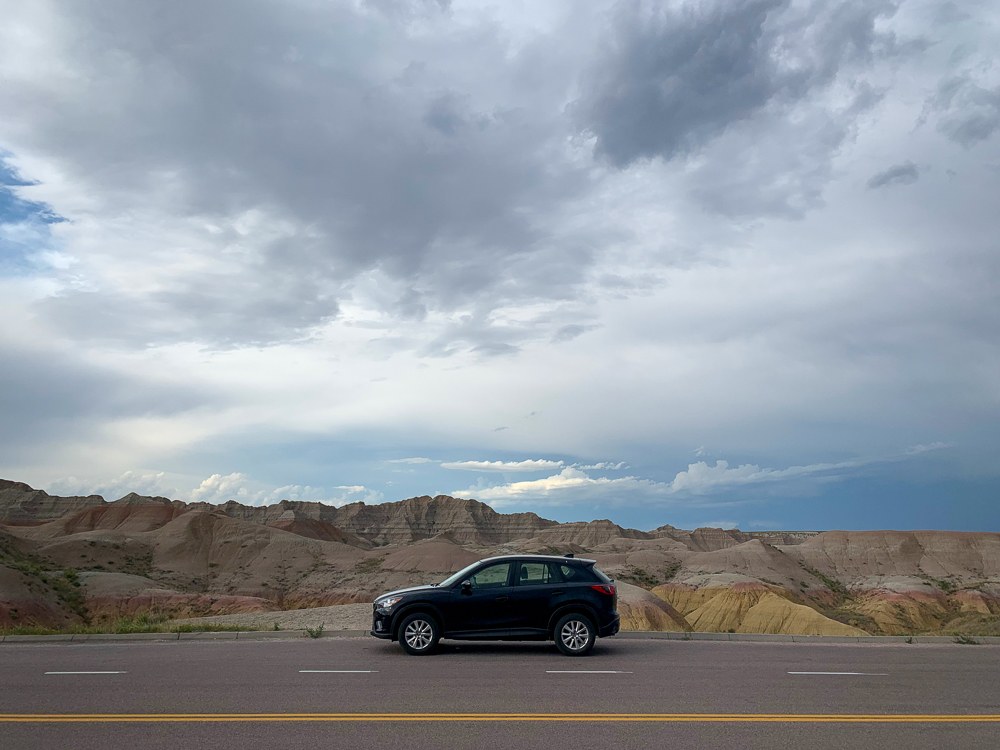
7. Gather All the Necessary Documents
If you’re going road-tripping with your own car, you will need your driver’s licence, car insurance, and proof of registration. Make sure that your vehicle’s manual is in the car too — you never know what might happen when you’re out of internet range! You might need an international driving permit for road trips abroad.
Apart from that, travel insurance is important too, and you might need a passport, visa, and proof of vaccination, though that depends on where you’re traveling to.
I like to bring some copies of my passport and a list of emergency contacts (family, insurance, etc.) too.
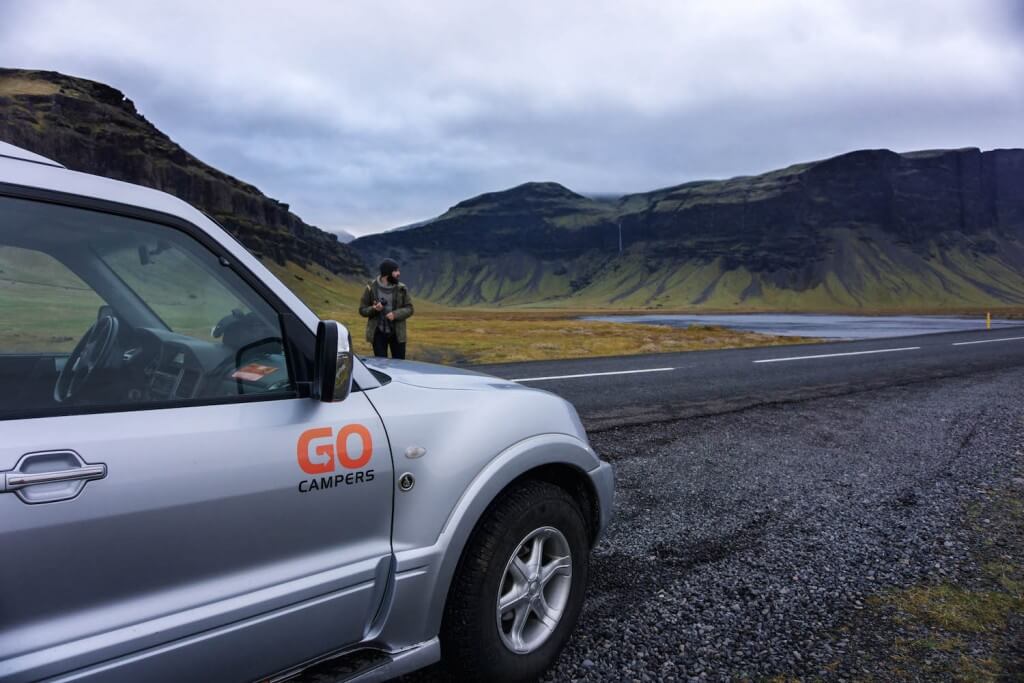
8. Start Packing
Last but not least, start packing! Don’t wait until the last minute before doing so, though, as you might need to buy some things first. Shops like REI, Patagonia, Walmart, and Target are great for this purpose.
What to pack largely depends on where you’re going. Packing for Alaska is different than packing for Africa, of course. There are some things, however, that are necessary for any road trip.
I always bring a first aid kit, a headlamp, sunglasses, paper maps, sunscreen, toilet rolls, women’s products such as the diva cup, snacks, and a car phone holder. If you’re going on a road trip with your own car, it can be good to pack a roadside emergency kit, and a cooler too.
Check out this list of road-trip essentials that can be pretty useful!
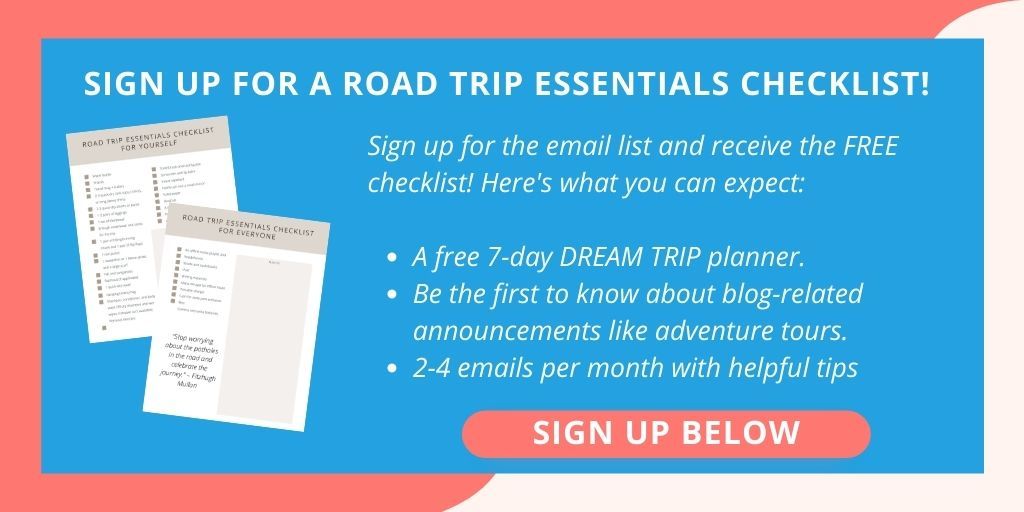
Tips for Planning a Road Trip
Get an international SIM card: It’s prudent to have an international SIM card if you’re road-tripping abroad. This way, you won’t have to rely on a Wi-Fi connection to access the internet.
Download offline maps: Many places have bad internet coverage, so it’s a good idea to download offline maps when you do have Wi-Fi. You can do this using Maps.me, a free app. Sometimes it gets driving times really wrong, so pay attention to the distance rather than THE time, but overall I am glad to have it as an option.
Create a road-trip playlist: It will be nice to have something that you love to listen to when you’re spending many hours driving. So, create a road-trip playlist or download some podcasts or audiobooks.
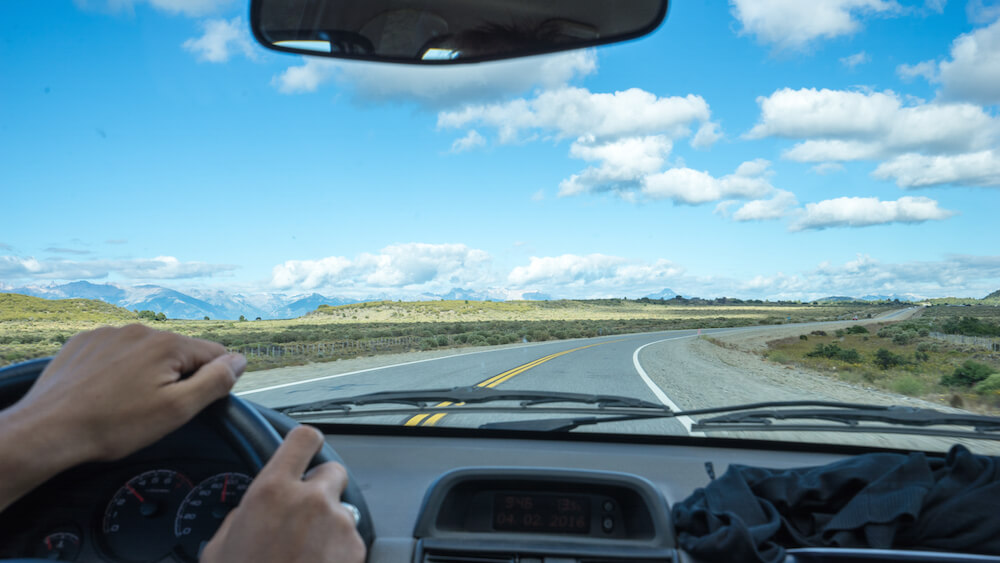
Tips for When You’re on the Road
Take regular breaks: Experts recommend stopping to take a break and stretch your legs for 15 minutes every two to three hours. If you’re the only one driving, it’s not recommended to drive for more than eight hours a day.
Plan gas stops: Research where gas stations are located on your route. This will help you avoid unpleasant surprises.
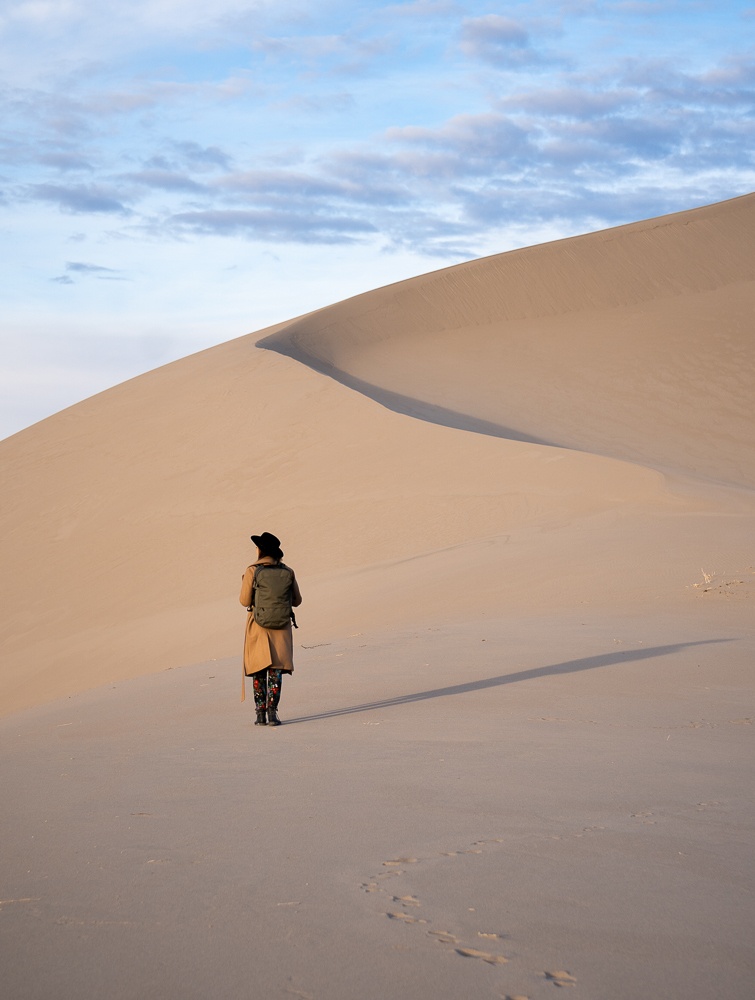
My Favorite Road Trips
I’ve written detailed itineraries of all of my road trips. I hope these will inspire you while you plan yours. Pick your favorite(s) below:
USA
You will find some of the best road trips in the USA below, by state or particular route:
- Arizona
- California Deserts
- Colorado
- Florida Keys
- Hawaii’s Big Island
- Highway 95 from Reno to Las Vegas
- Idaho
- Minnesota North Shore
- New Mexico
- Northern California
- Oregon
- Pacific Coast Highway
- Road to Hana
- Rocky Mountain National Park
- South Dakota
- US 395 Freeway
- Utah National Parks
Here are some by region:
- American Southwest Road Trips
- American West Road Trips
- East Coast Road Trips
- Midwest Road Trips
- Southern USA Road Trips
- West Coast Road Trips
Plus:

Abroad
Check out the following itineraries if you plan on going on a road trip abroad.
- Canada’s Québec
- Mexico’s Baja California
- Mexico’s Yucatán Peninsula
- Costa Rica’s Pacific Coast
- Chile’s Atacama Desert
- France’s Provence Lavender Fields
- Germany
- Iceland’s Ring Road
- Ireland’s Wild Atlantic Way West, and Northern Ireland
- Namibia
- Tanzania
- Rwanda
- South Africa
- Malaysian Borneo
- Northern Thailand
- Tahiti
- New Zealand’s South Island
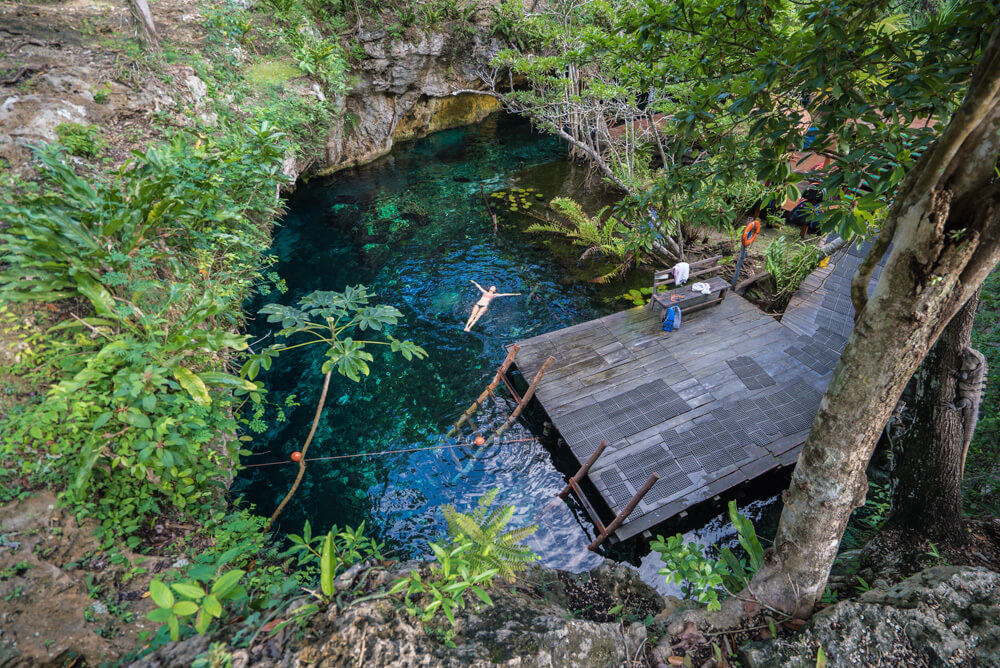
No matter if you’re planning a domestic road trip or a road trip abroad, there’s something magical about exploring a country this way. Traveling in your own vehicle will give you a lot of freedom. You will be able to go wherever you want to and make plenty of stops along the way.
I hope this list was helpful and that it will help you plan your trip. Happy road-tripping!
Where would you like to go?
Leave a Reply